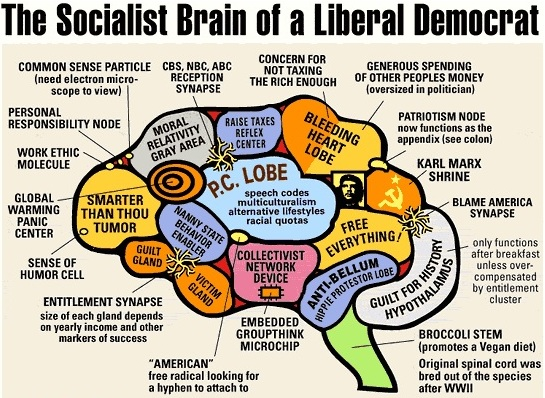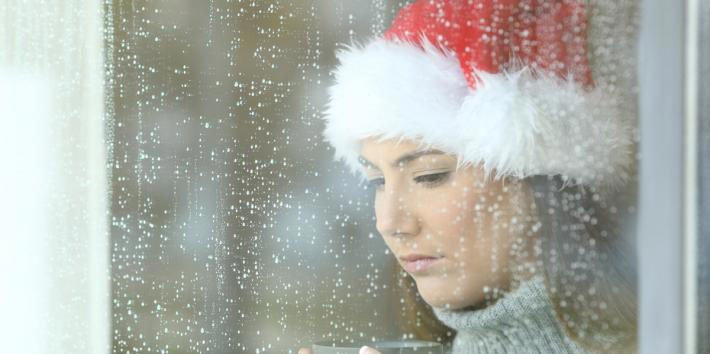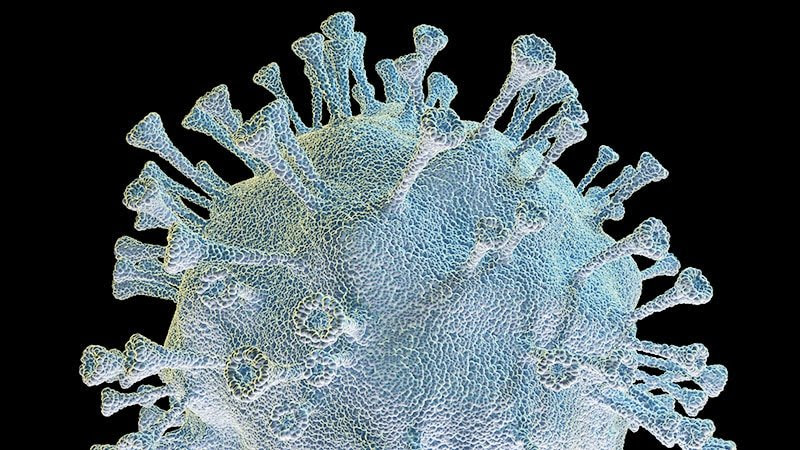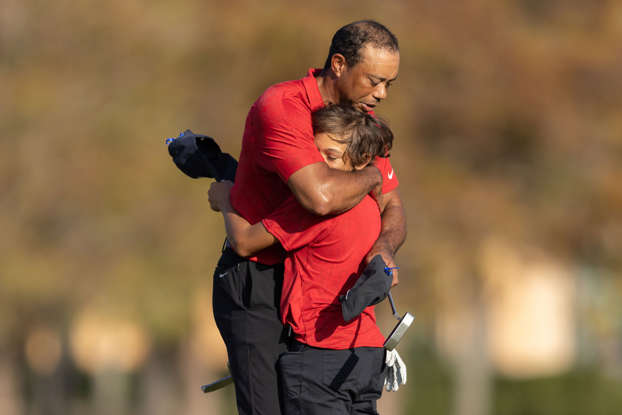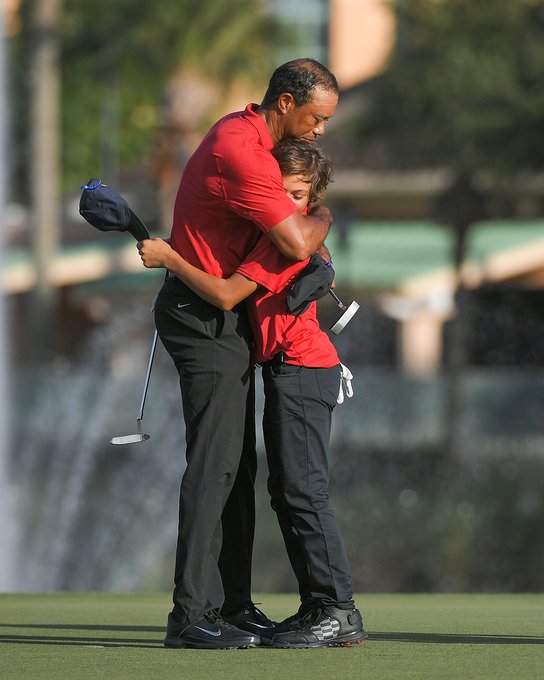
Conservatives and Liberals Are Wrong About Each Other
Column: Farewell to 2021, the stupidest year in American history
By Michael Hiltzik
One year ago, we were looking forward to a safer and sounder 2021. The Food and
Drug Administration had granted emergency authorization to the Pfizer-BioNTech and Moderna vaccines against COVID-19. A new presidential administration was poised to take office in the next month, armed with a commitment to bring together a nation
cleaved by four years of divisive policymaking.
It was not to be:
For the unvaccinated, you’re looking at a winter of severe illness and death for yourselves, your families, and the hospitals you may soon overwhelm. White House Chief of Staff Ron Klain stated, instead of unity and immunity, this year has brought us stupidity and insanity on an unimaginable scale.
In categories of public health, education policy, fiscal policy and investment options,
we appear to have taken leave of our collective senses. Certainly, there are other years
or periods in which stupidity or heedlessness brought civilization in general close to eradication. Column: Farewell to 2021, the stupidest year in American history
Stupidest year since 1914
This has been stupidest year in American History since 1914
Consider 1914, when most of Europe divided hellbent to war for no discernible reason. (Read Barbara Tuchman’s book “The Guns of August” for the full horrific picture.) The Dark Ages were a period benighted by scientific ignorance. Some individual countries and national leaders stand out for tempting fate, to their and their citizens’ misfortune. Britain in 1938 under Neville Chamberlain. Russia’s warmongering with Japan in 1904-1905. Louis Napoleon poking a stick into the Prussian bear’s cage in 1870-1871.
Saddam Hussein invaded Kuwait in 1990.
The perpetrators of some of these errors might assert in their defense that they were brought low by circumstances they didn’t know at the time. But America in 2021 can’t plead that it didn’t know. Didn’t know that vaccines representing stupendous scientific achievements were the solution to the COVID-19 pandemic?
Didn’t know that Donald Trump wasn’t joking when he demanded that government officials overturn a fair presidential election?
Didn’t know that bitcoin, NFTs, SPACs and meme stocks were destined, even designed, to take unwary investors to the cleaners?
Of course, we knew, and know. We don’t seem to care.
In reviewing the most intellectually demoralizing events of 2021, I’ll leave aside a few discrete outbursts of asininity. So I won’t go into detail about the conservative movement’s lionizing of Kyle Rittenhouse, the self-confessed but acquitted killer of two unarmed men at a protest rally in Kenosha, Wis. Or the openly antisemitic ravings by former President Trump. Or the ugly, dishonest attacks that forced the withdrawal of Saule Omarova, one of the most qualified nominees for a federal banking regulators job in memory.
Or the shameful behavior of congressional Republicans, who cowered in safety during the Jan. 6 insurrection, pleading with Trump to help quell the riot, only to claim ever since that the violence of the crowd was no big deal. Or the posting of Christmas cards by politicians showing their families hoisting assault weapons, as Rep. Thomas Massie
(R-Ky.) did just four days after a gunman killed four students at a Michigan high school.
He was followed by Rep. Lauren Boebert (R-Colo.).
COVID-19
Instead, we’ll focus on a few of the bigger pictures. So, as Virgil said to Dante before guiding him into the Inferno, “Let us descend now into the blind world.” The pandemic is surely the focus of the most obtuse and ignorant public reactions and state and local policy responses to any crisis in American history. It’s as if the grown-ups have all been beamed up, and we are left in the hands of people like Florida Gov. Ron DeSantis. (I am paraphrasing a line from the great pandemic movie “Together.”)
In any rational world, the refusal or failure by some 50 million adult Americans to take a vaccine of known efficacy against a deadly disease would be inexplicable. But this is not a rational world, and the situation is even worse. Vaccine refusal is seen in many benighted corners of the United States not merely as the exercise of personal choice for personal reasons but as a means of showing moral superiority over the vaccinated.
A conservative critic of anti-epidemic measures writing from rural southwest Michigan
for the Atlantic bragged absurdly and selfishly, “I am now closer to most of my fellow Americans than the people, almost absurdly overrepresented in media and elite institutions, who are still genuinely concerned about this virus.” The author may think he’s remote from virus concerns, but that’s not the case at a hospital visited by CNN in Lansing, Mich., which can’t be much more than 100 miles from his location and where “the latest COVID-19 surge is as bad as healthcare workers there have seen.”
How did it come to pass that Americans, who almost uniformly are inoculated against at least a half-dozen serious diseases in childhood, chose this moment to refuse a spectacularly effective shot against one of the most dangerous diseases to arise in their lifetimes, out of pure ignorance?
Its effectiveness is scarcely disputable: The Commonwealth Fund estimates that the vaccine averted about 1.1 million American deaths from COVID-19 and more than 10.3 million hospitalizations this year. © (Commonwealth Fund)

The Commonwealth Fund estimates that the U.S. would have experienced more than 1.1 million additional deaths from COVID-19 if not for the vaccines. (Commonwealth Fund)
The answer lies in politics.
Trump drew the line first, dismissing social distancing steps and refusing to speak up for vaccination.
He established these steps as partisan choices, and his political acolytes followed him over the cliff. DeSantis has been a leader in this descent into the Inferno. He’s chosen to make Dr. Anthony Fauci, head of the National Institute of Allergy and Infectious Diseases and America’s most respected authority on the pandemic, a target of partisan calumny. He’s appointed a vaccine doubter as his state’s top public health official.
What is the outcome?
Florida currently ranks eighth-worst among states in its COVID-19 death rate, with more than 62,000 Floridians having perished from the virus. Of the seven states with worse records, six are red states like Florida. Corporate America has not showered itself in glory. On Dec. 18, Boeing announced that it was dropping its requirement that all U.S. employees be vaccinated. Its explanation was that a federal judge had blocked the enforcement of a federal executive order that employees of government contractors be vaccinated.
This is absurd.
Nothing in the ruling required Boeing to drop its requirement. The company announced its step back just as the Omicron variant was about to produce a surge in infections. The pusillanimity of American corporations on this subject continues to astound. (The Times, which is owned by a physician and biomedical entrepreneur, is requiring all employees to be fully vaccinated by Jan. 31.)
To its credit, on Dec. 17 the Biden White House issued an uncompromising warning about the dangers of remaining unvaccinated. “For the unvaccinated, you’re looking at a winter of severe illness and death for yourselves, your families and the hospitals you may soon overwhelm,” White House Chief of Staff Ron Klain said. “So, our message to every American is clear…. Wear a mask in public indoor settings. Get vaccinated, get your kids vaccinated, and get a booster shot when you’re eligible.”
Investment follies
In May, I asked whether we were experiencing a peak in investment absurdity. The examples then were bitcoin, dogecoin and non-fungible tokens (NFTs), as well as meme stocks, the prices of which were not tied to sober reflections about their issuers’ business prospects but to internet-fueled speculation. sets like these, which are priced in accordance with the “greater fool” theory (they have no intrinsic value beyond what you can get from a bigger fool than yourself), have only proliferated since then.
Or perhaps it’s only the absurdity that has ballooned.
NFTs, for instance, are tradable digital files that confer no ownership to anything but the digital file, which may be an image of an object that is actually owned by someone else. Someone has parodied the NFT market by purporting to sell NFTs of images of individual Olive Garden restaurants, but it’s the kind of parody that gets at the essential truth of the target. You don’t get to own the restaurant or the photo. You don’t get a discount on menu items or a guarantee that the photo is even accurate.
You supposedly get to own something on the Non-fungible Olive Garden Metaverse, whatever that is, and you can try to find a greater fool to sell it to. NFTs generally don’t confer ownership of the underlying asset or even the digital representation of the asset. The market doesn’t exist for any reason except to produce activity to suck in greater fools. The best clue that there’s something hinky about these markets is that the Trump family is going all in.
A purported media company started by Donald Trump, for instance, is merging with a special purpose acquisition company, or SPAC. As I reported, the deal promptly came under the scrutiny of financial regulators. In any case, no discernible business plan of any substance has emerged for the Trump company. People appear to have invested because of his name. Now Melania Trump has gotten into the act, hawking NFTs of paintings of her eyes—”an amulet to inspire,” the pitch says, though obviously you don’t get to own the eyes or even the original watercolor.
Software developer Stephen Diehl, an established skeptic of these things, writes that we are entering upon “a hustler’s paradise … where the market now provides a financial token game for every meme, every celebrity, every political movement, and every bit of art and culture.” The old saw applies about how if you’re looking around the poker table and can’t identify the mark, it’s you.
Inflation and Build Back Better
Republicans and conservatives have never cottoned to spending on programs that assist the middle and working class. President Biden’s Build Back Better program was destined to get their backs up. How could they attack a program that provides for universal prekindergarten education, assistance with child care, caps on the price of drugs such as insulin and better access to healthcare? Simple: Raise the old bugaboo of inflation.
That’s been the approach of Sen. Joe Manchin III (D-W.Va.), who recently announced — via Fox News, of course — that he couldn’t support the plan in any way. He’s since backed off a bit from his adamantine opposition, but the core of his position was concern that the measure would add to inflation. As we’ve reported, that’s just wrong. Not even former Treasury Secretary Lawrence Summers, who sounded an inflation alarm about the pandemic relief package enacted this year, thinks it applies to this measure.
The provisions of Build Back Better are paid for and represent investments in the economy, so they’re anything but inflationary. Indeed, Wall Street views Manchin’s resistance as an economic negative. According to MarketWatch, Goldman Sachs cut its growth forecast for the first quarter of next year to 2% from 3%, for the second quarter to 3% from 3.5% and for the third quarter to 2.75% from 3%.
That’s not counting the direct impact of Build Back Better on Manchin’s own state, which is among the poorest in the nation and one in which government programs are crucial. That’s well understood on the ground: The United Mine Workers union publicly urged Manchin to reconsider his opposition to a program that would have “a meaningful impact on our members, their families, and their communities.”
Much more happened in 2021 that prompted one to hold head in hands. To be fair, however, there were also glimmers of hope. Biden on Dec. 21 announced steps to strengthen the country’s response to the Omicron variant, including mobilizing troops to help staff overwhelmed hospitals, opening thousands of vaccine sites and sending 500 million free testing kits to households. The Build Back Better plan is not entirely dead, and a revival effort will start in January.
Whether 2022 will be as stupid and insane as 2021 won’t be known until we can view it in a rearview mirror 12 months from now. We can only hope. COVID Cases Should No Longer Be Key Metric of Pandemic, Says Health Expert (msn.com)
This story originally appeared in Los Angeles Times.
Stupidest year since 1914 – Bing








